Intro, Interview & Photos by Adam Abada
It honestly feels a bit silly introducing Karl. How many times does his EMB pedigree need to be brought up? The style? The smile? Karl has been doing it for more than three decades and his influence is still all around us, but it isn’t like he’s gone and calcified in stone. He’s a living, breathing, creating presence still very much ensconced in the Bay Area scene and the skate world at-large. He has his own company, Maxallure, and is involved in the impending resurgence of Satori Wheels.
I got in touch with him to see what those three-plus decades do to your perspective and even scored a session with him and the Maxallure team in the 105-degree summer heat of the San Fernando Valley. I don’t know if it’s the energy from his young team or if he’s still got it like that, but it was a pleasure to see him and his squad sweating it out in pure skate rat form.
You’ve been in the Bay Area your whole life — San Francisco and now Oakland. What’s it like skating up there these days?
Well, as we know, the playing field has been leveled in many ways due to social media. It’s opened up here for different crews to come out and have their shine. People who may not have the biggest name can create something for themselves now and I think that’s dope. Luckily, when I was coming up skating, I was a part of the “right crew” — EMB crew. There were other skaters with the right talents and personality that didn’t make it far because of where they lived and or not being associated with the right crew. Now, you can shine on your own no matter where you live. It almost feels like people are actually a bit more separate because there are so many different crews. There’s not as much togetherness as there used to be.
“You still progress, but it’s a different kind of progression. It’s more meditative.”
This has been discussed to death, but how has the changing city affected that?
The culture of San Francisco has been ripped out of our hands. When I lived in the city, there were all these different neighborhoods and you could tell where people were from by how they dressed or how they spoke — the Fillmore culture was different than the Mission culture. You can’t see that difference anymore. So many people are transplanting and certain neighborhoods are starting to feel the same.
What was that change like in EMB? Why do you think it’s just now repurposed for skating again? That plaza was redone for a minute…
I feel the GX guys really came in and helped create a new scene at the new EMB. I really appreciate them for doing that. I think people were a little reluctant to skate EMB because of memories of cops and security and stuff like that. Older guys like me stayed away, but the new ones came in and put their footprint down. Obviously, the plaza is different. You don’t have the C-block anymore, you don’t have the seven – instead you have the new seven and they waxed up different ledges. The new guys and girls skate EMB differently than we used to. And their abilities are just greater than ours were back then. They can get up all kinds of stuff we couldn’t. They don’t have any limitations in their thinking in terms of what tricks can or can’t be done.
As a professional skater in his 40s, what’s surprising you about still skating?
Well, the way I’m developing. I really appreciate technique now. And the older I get, the more I like the little things. I see how I may have taken things for granted when I was at the top of my game and everything came easily. Now I appreciate just being out there, skating a curb. Adding new techniques to old tricks. You still progress, but it’s a different kind of progression. It’s more meditative. It’s kind of like a martial art to me. You know the saying “You can’t teach an old dog new tricks?” Well, it’s important to realize as you age that you can learn a new trick. You just need a different perspective. I can’t learn a new trick like the “young dogs,” but I can learn them in my own way. A trick on a flatbar instead of a handrail. The definition of a trick changes. I’ve got an appreciation for skating — just ollieing up a curb. Ahhh, man.
“Not hating on the new generation is so important.”
What do you feel about nostalgia in the skate industry now? As someone with a company who’s been through a bunch of eras, do you think that is good or bad for the industry?
I think nostalgia in the industry is good if it’s not overdone. You really need the deep roots to reference the past. If a brand that sells products that are nostalgic is not established or the people behind it don’t have that history, then it doesn’t feel right. For me, with Maxallure, we do throwbacks to the past but it’s because of the timing and, well, because of me. I’ve been skating 33 years and have earned the right to do so.
When it works, honestly, it’s kind of a breath of fresh air for me. The 90s era really created the modern skateboard and skateboard industry itself. It was the catalyst for modern day skating. So, for me, it feels only right to see that era come out in the culture of skating in a brand like Polar. I really like their perspective on sharing that era and history of skateboarding in the current market.
In your Bunt interview, you said you’re “never trying to hate on the new generation.” How does that help inform what you’re doing with Maxallure?
Well, first, to elaborate on that response – not hating on the new generation is so important for an older pro or skater like myself to stay relevant. I was a young guy who got hate from the older generation — especially coming from the launch ramp and pool skate era into our 90s thing. We got hated on so hard for our “switch” and “pressure” and “circus” tricks. I think because I went through that, I have a lot of understanding for what the new generation brings to the table. Without them, we can’t evolve.
Honestly, in the year 2000 — I was looking through a Transworld at FTC. And I swear, I thought to myself “There’s no way skateboarding can go past this.” I seriously thought that was the limit of where skateboarding can go. And, well, on the contrary…
You’ve been a part of a bunch of now classic companies. What’s your goal moving forward with that legacy and bringing it to Maxallure?
Well, we’re going for straightforward, classic skating. To me, that’s hooking up some younger guys and giving them a platform to create what they want. Dre and Jonathan are working on their second graphics right now and are fully involved with the designer. Marcello created our MXA logo and some clothing. De Marquis takes photos for us. Desmond edited our video, “Manifest Destiny.” The riders are involved with the brand. These are dope dudes and great skaters. I want them to understand the in’s and out’s of the business. It’s not as glorious as some young people may think. It takes a lot of effort to make something grow.
Tell me about the development of the young skaters on Maxallure. We’re all interested in Lil Dre…
Ha! I’m interested in Lil Dre! The thing about Maxallure, man, is that it’s definitely a family affair. People say that a lot, I know, and sometimes there’s very little merit to it. But with Maxallure…well, I’m gonna start with Tafari [Whitter.] I gave Tafari his first board when he was three years old. His mother is kind of like a big sister to me, so I knew him from the time he was born in Jamaica til now. He’s the man. And he’s the one that got Dre [Thebpanya] into skating. I was connected to Dre through Tafari. Then Jonathan Perez – I got him his first real skateboard when he was 12. I saw him at the bus stop with his buddy, Charles, while I was driving by. I circled around to my house to get some boards and brought it back to them. We were neighbors. I just watched him progress, and by the age of 14 he reached a professional level almost. Now, he’s just incredible. There’s a lot under his belt already, so I’m looking forward to what he’s got to show the world.
Dre is interesting. He would see Tafari skate around and Dre’s father asked Tafari for a board. I believe he was 12 the first time we met — he was a super smiley, positive kid — there was a lot of power in his gaze. He was very sure of himself and already had this air of “I’m gonna do me and I don’t care what you think.” He would do these little kid tricks – ollie up a ledge and scoot front 360 off, little boardslide 270s out. You know, tricks that are, well – awesome – but kind of little kid tricks. The way he did them, though! He did them with style already — so much confidence and control. I knew early on that he was gonna be somebody special. His personality is great, too. He’s like a magnet. He has so much of that, I don’t know, that stuff they call “manna.” It’s attractive. And when it comes to his skating – his trick selection is so good – he learns tricks fast. He has great style. He understands what’s right and what’s wrong.
He was also raised at Potrero. Jake Phelps played a huge role in how he and Tafari perceive skateboarding. Jake was really hard on them – telling them what tricks to not do – he brought that old school S.F. spirit to them. If he wasn’t around, I’m not sure they’d have such good trick selection.
Did you see Patrick Kigongo’s Black List of Black-owned skate companies and that it included Maxallure? How was seeing that?
Being on such a list is amazing. Maxallure is Black-owned and it’s also Chinese-owned and White-owned. Since skateboarding breaks down barriers such as age, race, gender and size, I was able to join forces of other skaters from different backgrounds. That’s the beauty of skateboarding.
Do you feel different as an African-American who skates and as a non-skater?
You know, for some brothers there’s a difference. For myself, I don’t know. I’ve been skating for so long and I’ve had this as part of my life for so long that it’s hard to differentiate the two. Skateboarding makes the differences of the color of our skin seem so mundane on the grand scale of everything. Culturally speaking, I feel African more than an African-American or Black. There’s a culture I come from. We had and have a lot of culture all around Africa. Ultimately, though, we’re all one. With our Maxallure ad, we wrote “We are more than the colors of our skin” and put a collage of different people from all over Africa. A collage of beautiful people. I want African-American youth to understand there’s history within us that we can tap into. It’s not just what we’re told we are. There’s more to being African or African-American than just our history as slaves. I’m focusing on sharing this truth with young African-Americans in hopes of us getting past the painful memories of slavery.
“What I want to do with my life is continue to give the gift of skateboarding.”
Thanks for sharing some of that with me, Karl. May seem silly switching to this now, but I heard Satori’s coming back?
It never really went anywhere! This is more a reemergence of it. We’re bringing back the wheels, we’re bringing back the Re-Life program. I’m not doing it myself. The original owner Craig Nejedly, who happens to be one of my best friends, is bringing it back. And it was a no-brainer to work together with him.
What place do you think it has in skateboarding culture in 2020?
What I want to do with my life is continue to give the gift of skateboarding. And when I say “the gift of skateboarding,” that encompasses everything I’m talking about when it comes down to breaking down the barriers of race, gender, age, size, whatever. I want to preach that shit. When I say that, it’s not light to me. Satori is a part of that. The aspect of Satori that I’m most hyped on is the Re-Life program – the recycled wheel program. We’re trying out different oils in the wheel formulas that are more sustainable. It’s a lane that other wheel companies aren’t in, but we want to create a platform for other companies to join us. It’s not about taking more of the wheel marketshare. We want to create something that makes less waste when it comes to our polyurethane wheels.
Honestly, that’s the best reason I’ve heard to bring a company back.
Appreciate that!
Thanks to Karl for speaking with us, and hat tip to Andrew Murrell for linking this one.






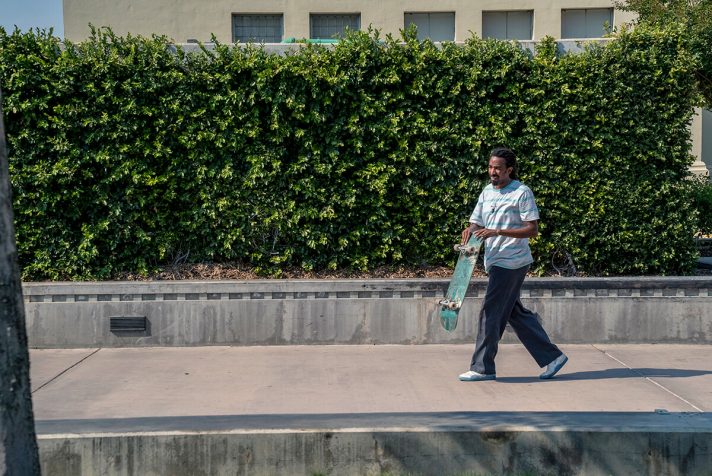
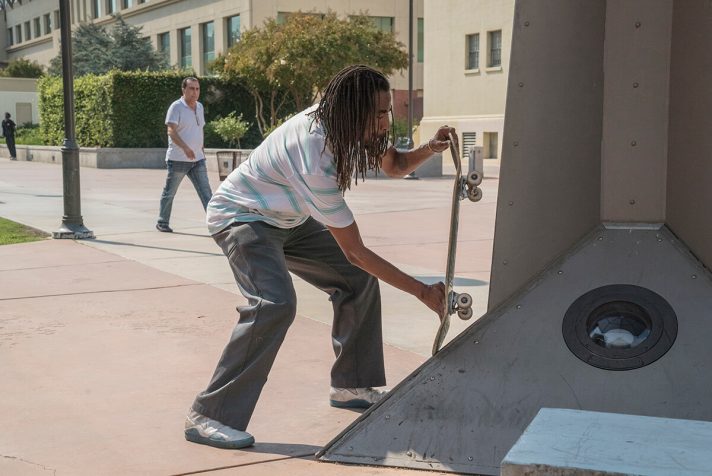
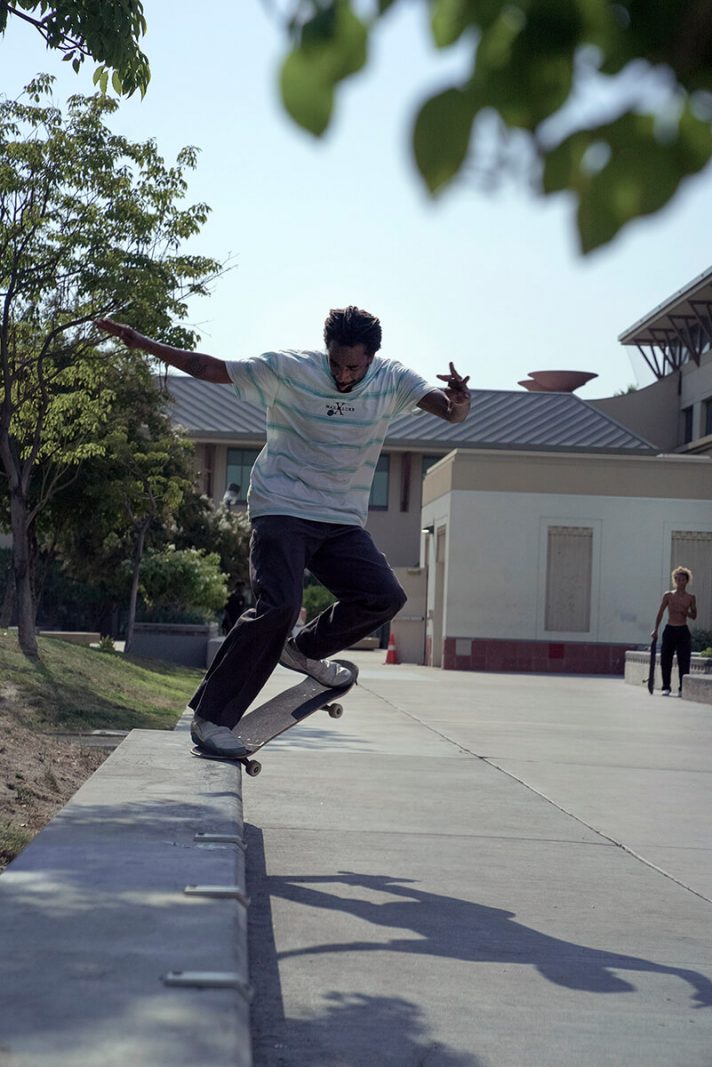
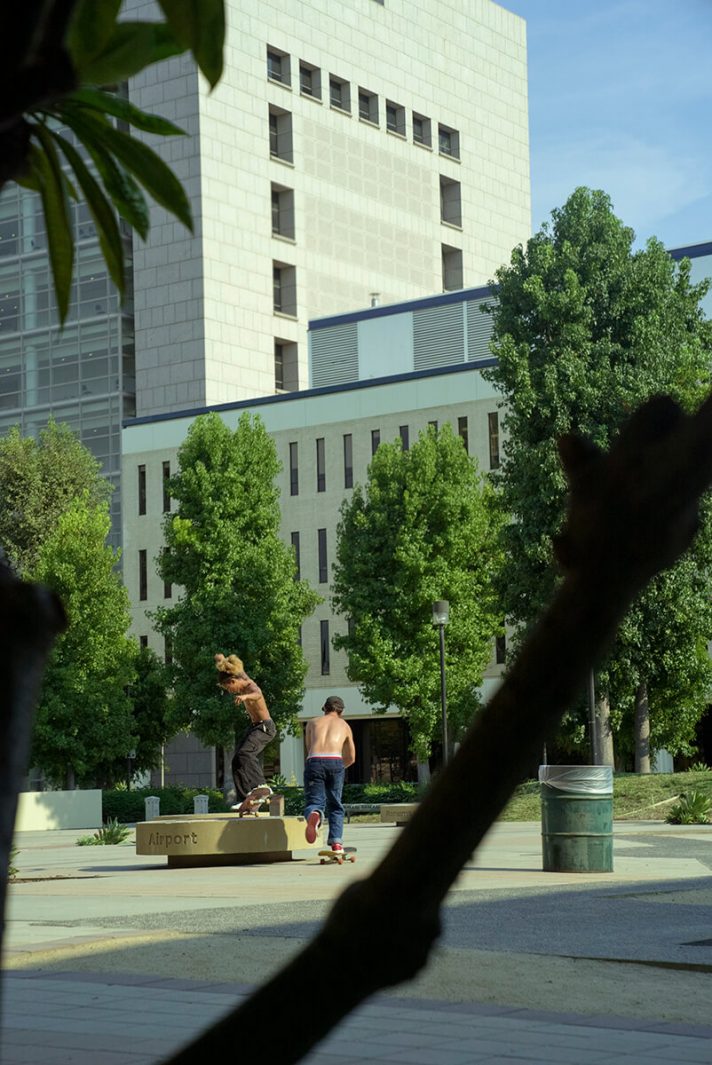
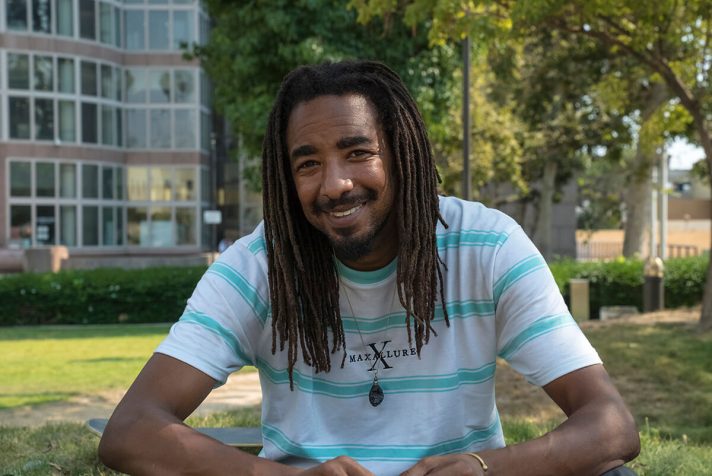
Nice.
Amazing. What an institution Karl is.
Yes! Karl…. This was perfect